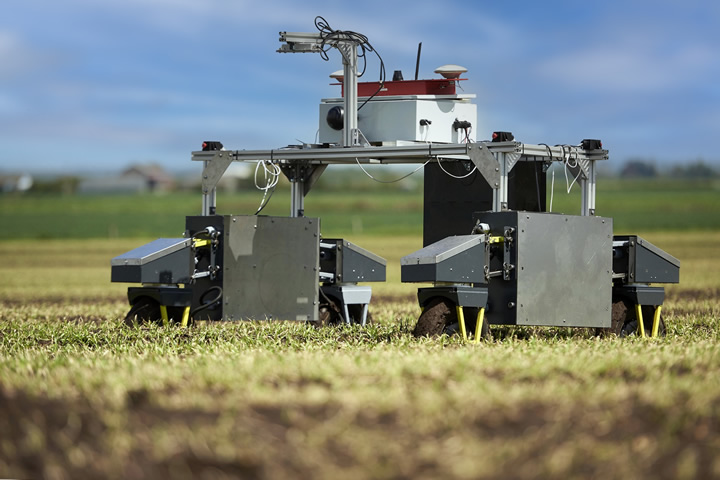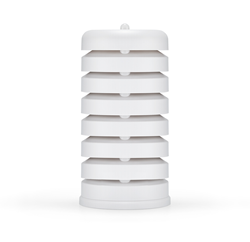AGRI-TECH INNOVATOR TESTS IMAGING DETECTION TECHNOLOGY DURING EXTENDED POTATO SEASON
The TuberScan system comprises of a bespoke ground penetrating radar (GPR) system, GPS units and in-field and remote sensors, backed up by computer vision and AI, which provide detailed information on potato crop growth characteristics and performance.
IoT in Agriculture Market
The growing trend of using IoT in agricultural applications such as organic farming and family farming, where there are complex or small spaces that contain cattle and high-quality varieties of crop, is projected to drive the usage of IoT in agriculture.
Automation and Sensors in Hybrid Greenhouses
Data accumulation and analysis is a key to the success of the Solaris model. Both inside and outside of the facility there are almost 100 different sensors which guide the various processes of cooling, heating, lighting etc.
Soil Moisture Sensors in Agriculture
Today, because of recent developments in soil and water monitoring, the critical information is being received in real-time measurements from the field, helping farmers make faster, more accurate crop production decisions.
Industry Focus: Sensors
While there has been significant growth in the agricultural sensors industry, there is still a lot more to be done. As of now, sensors contribute to just a part of the precision farming industry.
Second Generation Growlink Environment Controllers Introduce New Remote Sensor Module with Additional Light and VPD Readings
All three models include the new Wireless ESM1 Environment Sensor Module, a shielded device designed to hang in the canopy that measures temperature, humidity, VPD, light and CO2.
Swiss Company PlantCare Makes Breakthrough in Digital Farming
This Swiss innovation makes possible to achieve higher yields with drastically reduced consumption of water, of fertilizer and of energy, and thus can make a substantial contribution to the food security of the world. As the predicted market volume for the sensor is huge, PlantCare Ltd. seeks strategic partners to utilize it.
Danforth Plant Science Center Develops Versatile Field Phenotyping to Benefit Farmers
Solar-powered PheNode Is Set for Investment Stage
Records 1 to 8 of 8
Featured Product

igus® - Free heavy-duty plastic bearings sample box
The iglide® heavy-duty sample box provides a selection of five unique iglide bearings, each suitable for use in heavy-duty equipment due to their self-lubricating, dirt-resistant properties. Each bearing material boasts unique benefits and is best suited for different application conditions, though each can withstand surface pressures of at least 11,603 psi at 68°F.





.jpg)